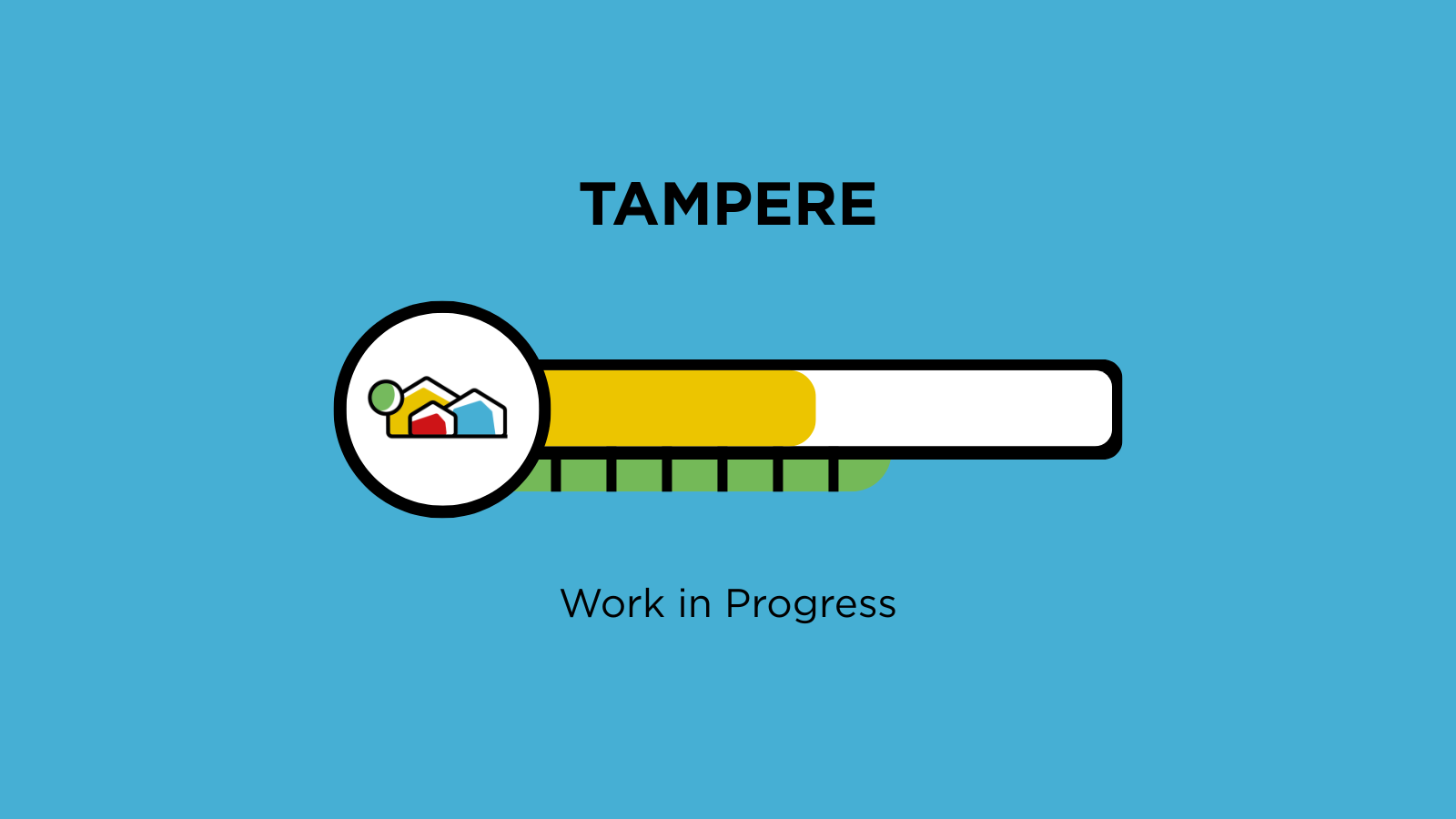
22.07.2025
Tampere Demo: A City Built for People
Tampere is leading the “Human-Centric Walkable City” demo to reimagine its city centre as a safe, inclusive, and vibrant space where people, technology, and sustainability meet. The initiative focuses on enhancing walkability, improving wellbeing, and promoting citizen participation through cutting-edge digital tools such as Digital Twins, Extended Reality (XR), and the Metaverse.
Finalised in January 2025, the Tampere's Urban WeGeneration Action Plan and Implementation Roadmap outlines the vision for a walkable, safe, and human-centric city centre. The plan focuses on three main demonstration areas — the Station Area Green Public Space, Central Square with Laikunlava District, and the Culture District — where digital tools and tactical urbanism are being tested, placing citizen participation at the core.
A 3D Digital Twin of the Station Area has been created using a Unity-based game engine, integrating Tampere’s city model, development plans, and real-time weather data. A second Digital Twin models the Culture District, featuring thematic walking routes that promote walkability and cultural engagement. These interactive maps, accessible via the Culture District Map, allow users to virtually experience the area before visiting, encouraging exploration and sustainable mobility.
Resident participation has been central to activities in the Laikunlava area. Two Maptionnaire surveys gatheres insights on safety, lighting, and atmosphere, while a children’s drawing competition encouraged creativity and community connection.To promote active lifestyles, an interactive mobile game co-designed with residents will launch later this year as part of the Laikku 100th anniversary celebrations.
All project data and experiences feed into Tampere’s long-term Digital Twin development and storytelling efforts. Presentations at national and international forums, including the Urban Studies Conference, have showcased Tampere’s innovative approach to participatory urban planning.
Through WeGenerate, Tampere is pioneering immersive technologies and community co-creation to shape a more sustainable, walkable, and human-focused city - a model of how technology and participation can come together to improve urban life.
SHARE THIS ARTICLE